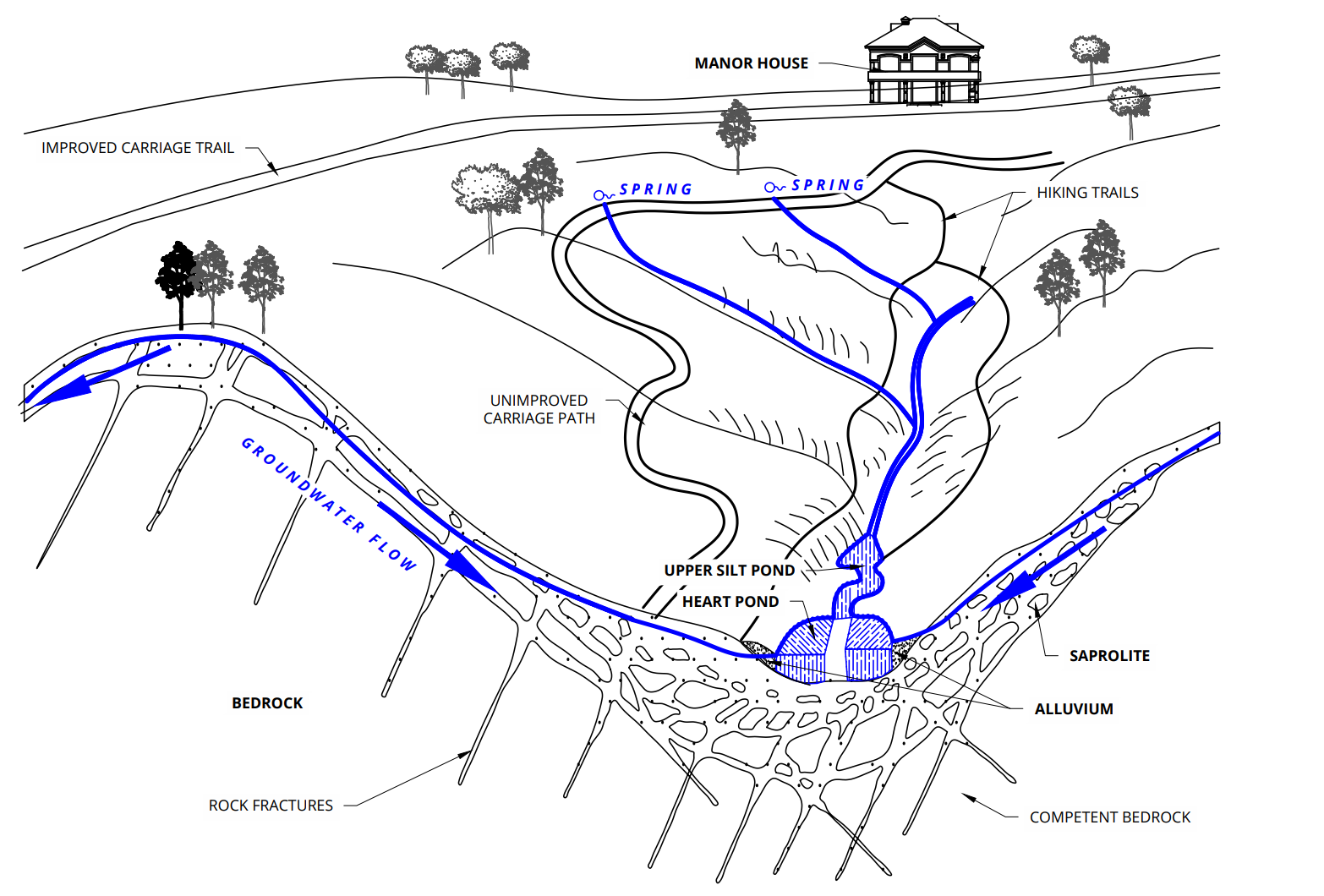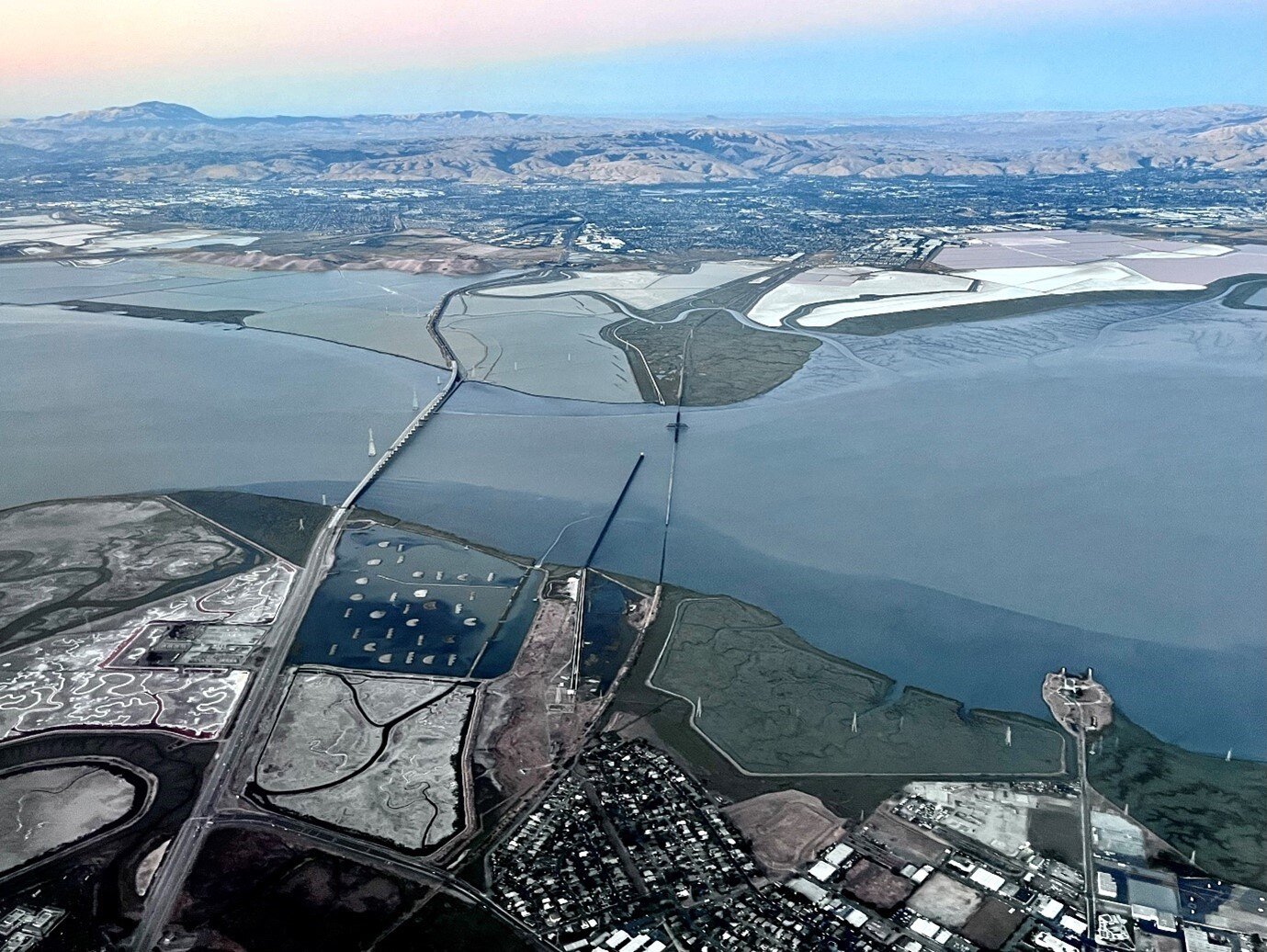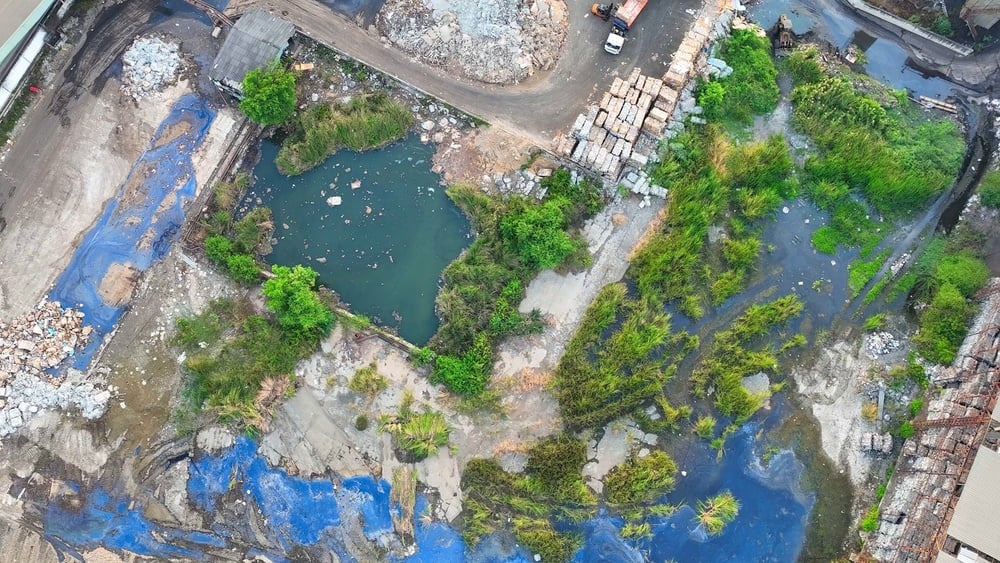In Part 1, we discussed what a conceptual site model (CSM) is and some of the critical steps in its development. But how do we use CSMs, and why are they essential in environmental site management?
.png?width=2083&height=417&name=MicrosoftTeams-image%20(33).png)
Why are CSMs important?
CSMs are potent tools for environmental site management for several reasons:
- Improved Understanding: CSMs provide a clear and concise overview of the complex interactions between contamination sources, pathways, and receptors, making it easier for stakeholders to understand how contamination may be spreading and potentially impacting the environment.
- Decision-Making: CSMs serve as a basis for informed decision-making. By visually representing the potential risks and impacts of contamination, CSMs help guide the selection of appropriate remediation or mitigation measures to protect human health and the environment.
- Communication: CSMs are practical communication tools that can be shared with various stakeholders, including regulators, community members, and other interested parties. They facilitate discussions and help stakeholders grasp the critical aspects of a contaminated site in a visually accessible manner.
- Planning and Compliance: CSMs are often used in environmental planning and compliance processes, such as regulatory reporting, permit applications, and site assessments. They provide a structured and organized way to document the current understanding of a site's contamination and guide the development of environmental management plans.
.png?width=2125&height=1251&name=MicrosoftTeams-image%20(34).png)
Environmental professionals use CSMs throughout the environmental site management process. Here are some typical applications of CSMs in environmental management:
- Site Assessments: CSMs are used to develop an initial understanding of a site's contamination and guide the design and implementation of site assessments, including soil and groundwater sampling, air monitoring, and other investigations. By identifying potential sources, pathways, and receptors of contamination, CSMs help guide the selection of appropriate sampling locations and the types of analyses needed to characterize the extent of the contamination fully.
- Remediation Planning: CSMs are used to identify potential remediation options and select the most appropriate approach to clean up a contaminated site. They help stakeholders understand the potential effectiveness and risks of different remediation strategies. CSMs can also be used to identify areas of the site that may require additional monitoring or management after remediation is complete.
- Risk Assessment: CSMs are used to evaluate the potential risks associated with contaminated sites. By identifying potential sources, pathways, and receptors of contamination, CSMs help assess the potential human health and ecological risks associated with exposure to contaminants. This information is then used to guide the development of risk management strategies, such as selecting appropriate remediation options and establishing environmental cleanup goals.
- Regulatory Compliance: CSMs are often used in environmental planning and compliance processes, such as regulatory reporting, permit applications, and site assessments. They provide a structured and organized way to document the current understanding of a site's contamination and guide the development of environmental management plans that comply with local, state, and federal regulations.
- Stakeholder Communication: CSMs are practical communication tools that can be shared with various stakeholders, including regulators, community members, and other interested parties. They facilitate discussions and help stakeholders grasp the critical aspects of a contaminated site in a visually accessible manner. This improves stakeholder transparency and trust and can lead to more effective environmental management decisions.
Conceptual Site Models are an essential and critical environmental site assessment and remediation tool. They provide a visual framework for decision-making about site management and remediation, clearly and concisely showing the complex interactions between contamination sources, pathways, and receptors. They also help stakeholders better understand a contaminated site's potential risks and impacts.
In Part 3, we will discuss what data and information should be considered in developing a CSM, including how we, as environmental professionals, should begin to incorporate regional and local climate trends outside of a site's boundaries.




